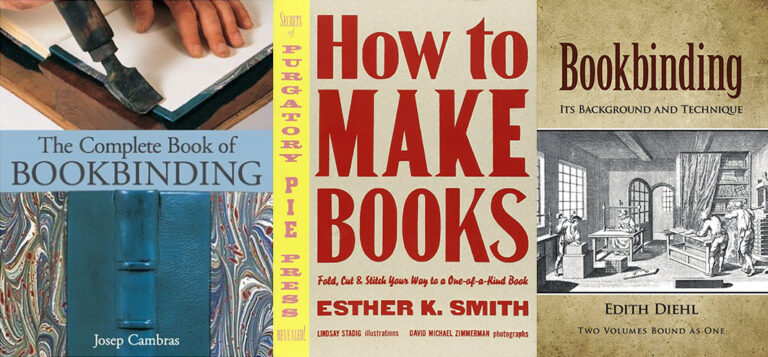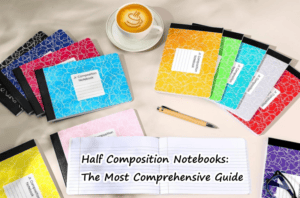Book binding is the process of assembling and securing individual pages within a cover, creating a cohesive and durable book. It has been practiced for centuries and has evolved over time to meet the changing needs of readers and collectors.
1. What is Book Binding?
Book binding is the process of physically assembling a book from an ordered stack of paper sheets or other materials. It involves various techniques and materials to create a finished book, which can be a printed publication, a handmade book, or any document that needs to be bound together for organization and durability. (The Definitive Guide to Types of Paper)

The primary goal of book binding is :
- securing the Pages: Binding ensures that the pages or sheets of a book remain in the correct order and do not get separated.
- Protection: Binding helps protect the pages from wear and tear, damage, and the elements.
- Enhancing Presentation: A well-bound book not only serves a functional purpose but also adds to the overall aesthetics of the publication.
Book binding is used for a wide range of applications, from creating printed books, magazines, and pamphlets to producing custom or decorative books, art books, and academic theses. It is both a craft and an industry, with artisans and commercial binderies offering their services to authors, publishers, and individuals who want to create books or preserve important documents.
2. Top 12 Book Binding
There are several methods of book binding, each with its own characteristics and advantages. Common book binding methods include perfect binding, saddle stitching, spiral binding, case binding, and more. These methods can use a variety of materials, such as paper, cardboard, cloth, leather, or even plastic, depending on the type of book and its intended use.
2.1 Saddle Stitching
Saddle stitching is a widely used bookbinding method for creating small to medium-sized publications, such as booklets, brochures, pamphlets, and magazines. It’s known for its simplicity and cost-effectiveness.

Process Introduction:
- Saddle stitching involves a straightforward process:
- Printing and Folding: First, the printed pages are folded in half, creating smaller, nested pages.
- Binding: Next, the folded pages are nested together in the correct order and secured by driving two or more staples (or stitches) through the fold at the center of the booklet.
- Trimming: After binding, the edges of the booklet may be trimmed for a neat appearance.
Required Materials:
- Printed pages or sheets
- Stapler or stitching machine
- Optionally, a trimmer for edge trimming
Advantages:
- Cost-Effective: It is an economical binding method, making it ideal for short print runs and smaller publications.
- Quick Turnaround: Saddle stitching is a fast process, making it suitable for projects with tight deadlines.
- Lies Flat: The final product lies flat when open, which is great for readers and viewers.
- Versatile: Suitable for a variety of materials, including brochures, event programs, catalogs, and small magazines.
Disadvantages:
- Page Limitation: It’s not suitable for books with a high page count as it can only accommodate a limited number of pages.
- Durability: The staples may not be as durable as other binding methods, making it less suitable for long-lasting, heavily used publications.

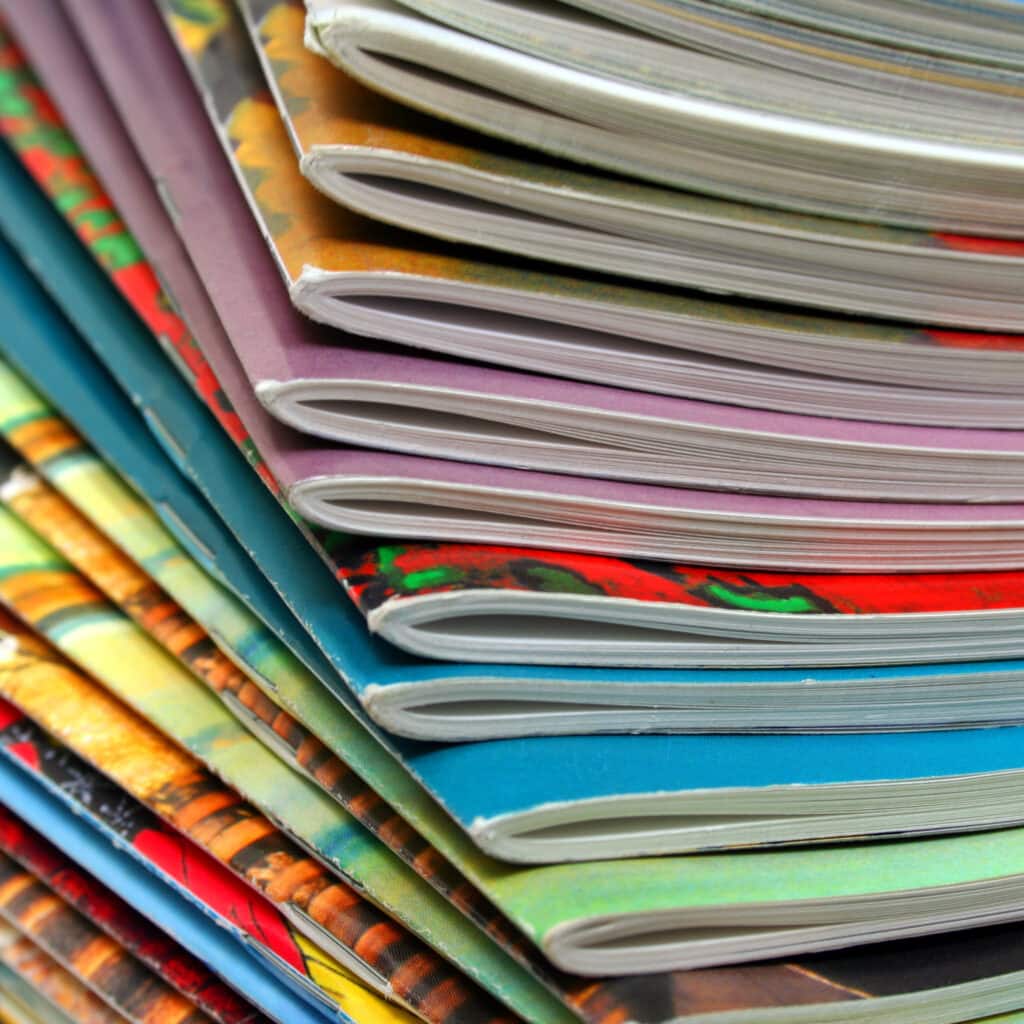
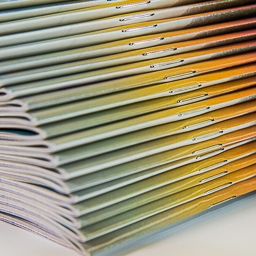
When to Choose This Book Binding Method:
- You need a cost-effective binding method for short print runs or small publications.
- Your project has a relatively low page count, typically up to 64 pages, depending on the paperweight.
- Quick turnaround is essential, such as for event programs or promotional materials.
- Your publication doesn’t require extreme durability and will be used temporarily or infrequently.
2.2 Perfect Binding
Perfect binding is a widely used bookbinding method for creating paperback books, catalogs, magazines, and other publications. It provides a clean, professional appearance and is suitable for medium to high page-count publications.

Process Introduction:
- Page Preparation: Printed pages are collated into book blocks, ensuring they are in the correct order.
- Application of Adhesive: An adhesive is applied to the spine edge of the book block
- Attaching the Cover: The book block is attached to a wrap-around cover, aligning the spine with the adhesive.
- Drying and Trimming: The adhesive dries, and excess pages and cover materials are trimmed for a clean finish.
Required Materials:
- Printed pages or book block
- Adhesive (commonly hot melt adhesive or PUR adhesive)
- Wrap-around cover
- Clamp or press for binding
- Trimmer for edge trimming
Advantages:
- Professional Appearance: It creates a clean, professional look, making it suitable for commercial books and magazines.
- Lies Flat: The final product lies flat when open, allowing for easy reading and viewing.
- Diverse Applications: It is ideal for medium to high page-count publications, such as novels, textbooks, annual reports, and magazines.
- Customization: The cover can be customized with various finishes and designs.
Disadvantages:
- Limited Durability: It may not be as durable as methods like case binding, making it less suitable for heavily used or long-lasting books.
- Cost: Perfect binding can be more expensive than saddle stitching for shorter print runs.


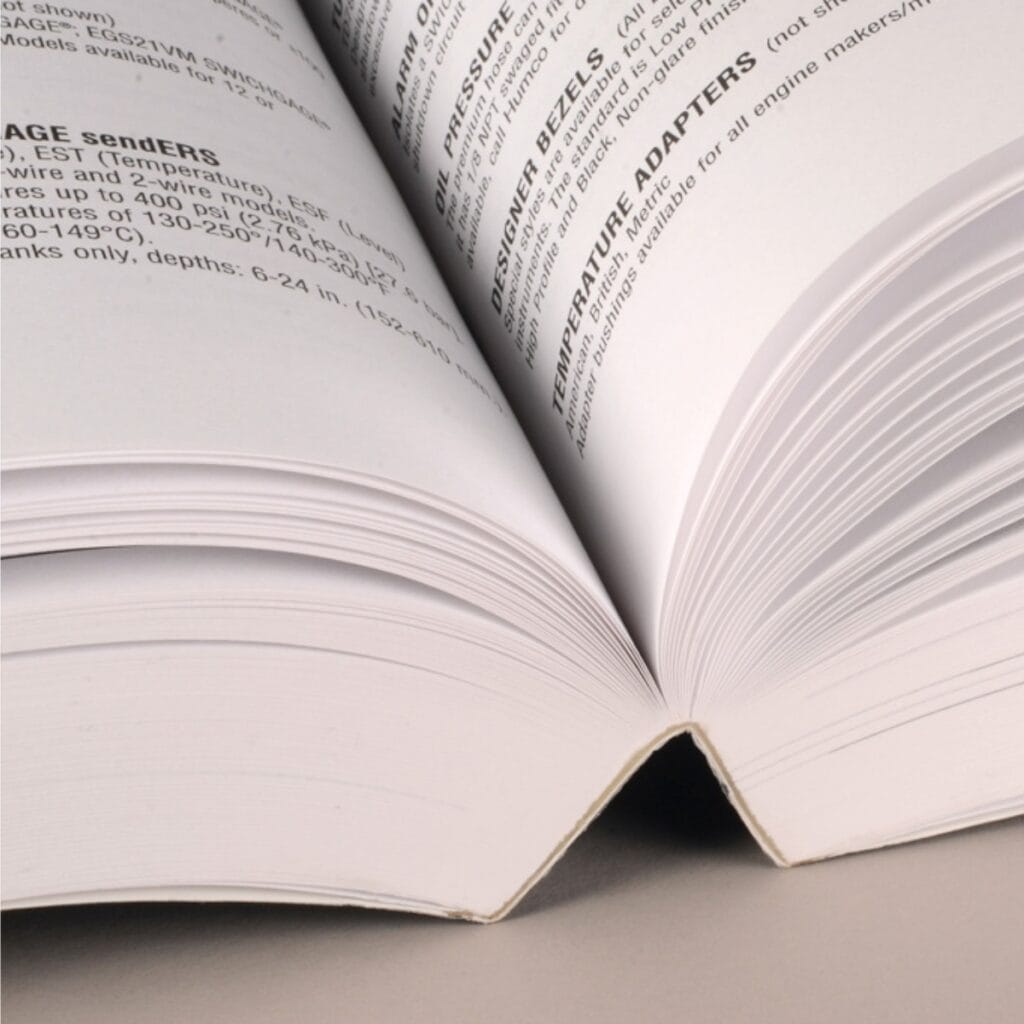
When to Choose This Book Binding Method:
- You require a professional appearance for your publication, such as novels, catalogs, or magazines.
- Your publication has a medium to high page count, typically 48 pages or more.
- Durability is not a primary concern, and the book will not be subjected to heavy wear and tear.
- You have a reasonable budget for book production, as perfect binding may be cost-effective for larger print runs.
2.3 Spiral Binding
Spiral binding, also known as coil binding, is a popular bookbinding method used for creating notebooks, manuals, calendars, and other documents. It involves securing pages using a plastic or metal coil that spirals through small holes along the binding edge.
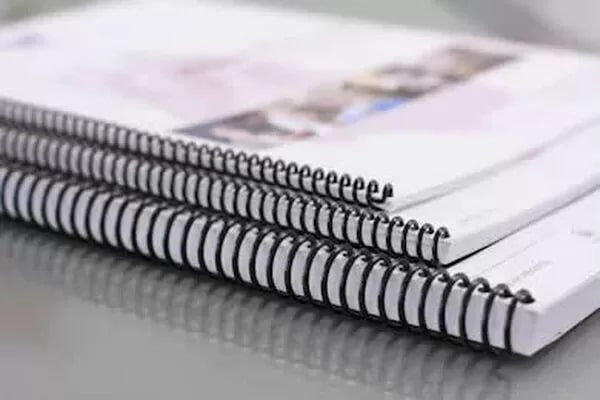
Process Introduction:
- Hole Punching: Pages are hole-punched along the binding edge, typically with evenly spaced holes.
- Inserting the Coil: A plastic or metal coil is threaded through the holes, connecting all the pages.
- Crimping: The ends of the coil are crimped to prevent it from slipping out.
Required Materials:
- Hole-punched pages or documents
- Plastic or metal coil
- Coil binding machine or coil inserter
- Crimper or coil finishing tool
Advantages:
- Lies Flat and 360° Rotation: The bound document can be opened and laid flat, allowing for easy reading and note-taking. It can also rotate a full 360 degrees.
- Durable: The plastic or metal coil provides durability and resilience, making it suitable for frequently used materials.
- Customizable: Coils are available in various colors, allowing for some customization in appearance.
- Easy Page Replacement: If pages need to be added or replaced, the coil can be opened and re-crimped.
Disadvantages:
- Less Professional Appearance: Spiral binding may not be as visually appealing as perfect binding or hardcover methods for certain types of publications.
- Page Count Limitation: The number of pages that can be bound is limited by the coil’s diameter, and it may not be suitable for very thick documents.
- Limited Customization: While the coil color can be customized, the cover options are relatively limited.
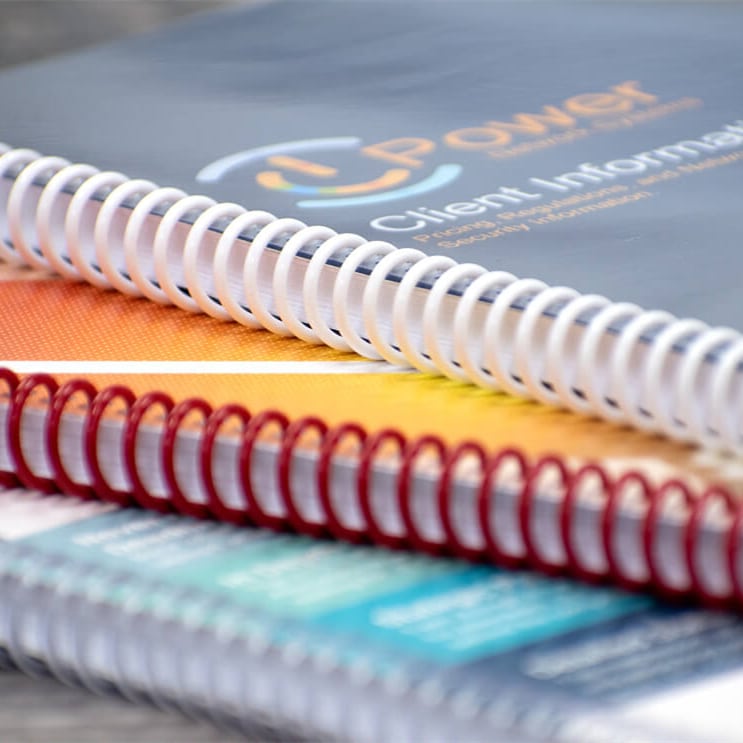

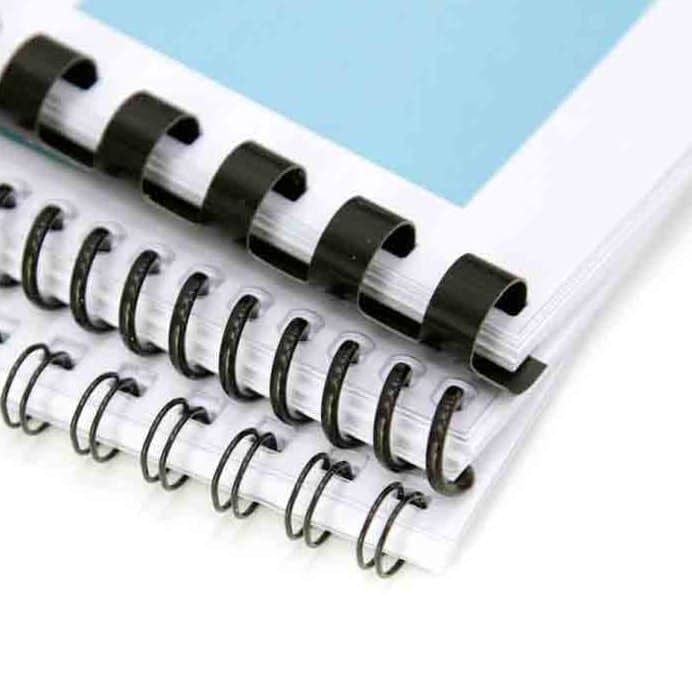
When to Choose This Book Binding Method:
- You need a document that can lie flat or rotate a full 360 degrees, such as notebooks for note-taking or manuals for reference.
- Durability is a priority, and the document will be used frequently or subjected to wear and tear.
- You require a cost-effective binding method for smaller to medium-sized documents, such as calendars, presentations, or training materials.
- You anticipate the need to replace or add pages to the document over time, as this is relatively easy with spiral binding.
2.4 Comb Binding
Comb binding is a versatile and cost-effective bookbinding method used for creating reports, presentations, manuals, and other documents. It involves securing pages using a plastic comb, which passes through rectangular holes along the binding edge.

Process Introduction:
- Hole Punching: Pages are hole-punched along the binding edge with rectangular holes that match the shape of the comb’s teeth.
- Inserting the Comb: A plastic comb, with flexible teeth that can be opened, is threaded through the punched holes, connecting all the pages.
- Closing the Comb: Once all the pages are threaded, the comb’s teeth are closed, securing the document.
Required Materials:
- Hole-punched pages or documents
- Plastic comb binding spines
- Comb binding machine or comb inserter
Advantages:
- Lies Flat: The bound document can lie flat, which is ideal for reading and writing.
- Customizable: Combs come in various colors and sizes, allowing for some degree of customization in appearance.
- Easy Page Replacement: If pages need to be added or replaced, the comb can be reopened and re-closed.
- Cost-Effective: Comb binding is a budget-friendly method suitable for creating professional-looking documents without significant cost.
Disadvantages:
- Less Durable: Plastic combs may not be as durable as metal coils or more robust binding methods, and they may not withstand heavy use.
- Less Professional Appearance: While it is neat and functional, it may not be as visually appealing for some high-end publications.
- Page Count Limitation: The thickness of documents that can be bound is limited by the comb’s diameter.

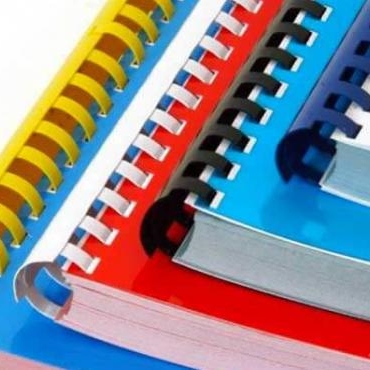
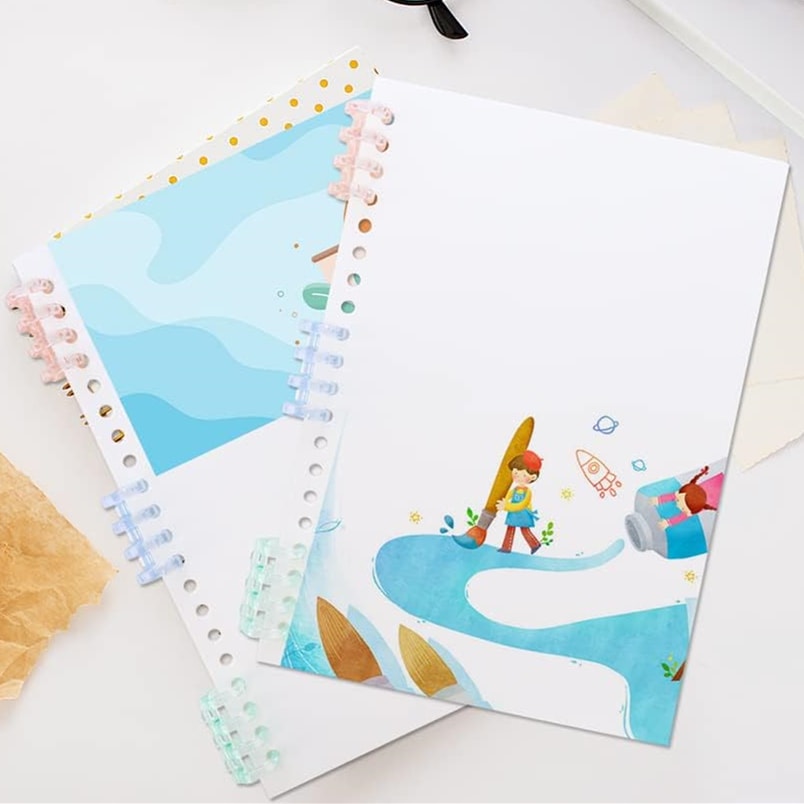
When to Choose This Book Binding Method:
- You need a document that can lie flat, making it suitable for reports, manuals, and reference materials.
- Customization is desired, as combs come in various colors and can be coordinated with the document’s theme.
- You require a cost-effective binding method for presentations, training materials, and other professional documents.
- You anticipate the need to replace or add pages to the document over time, as comb binding allows for easy adjustments.
2.5 Wire-O Binding
Wire-O binding, also known as double-loop wire binding, is a popular bookbinding method used for creating professional-looking documents such as reports, manuals, calendars, and notebooks. It involves securing pages using a double-loop wire that passes through small holes along the binding edge.
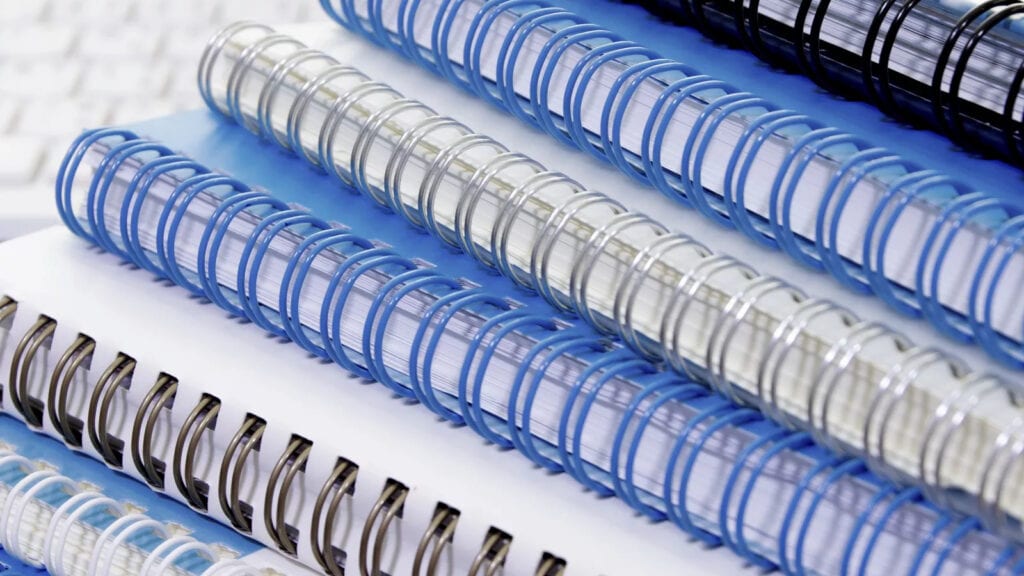
Process Introduction:
- Hole Punching: Pages are hole-punched along the binding edge with a series of evenly spaced holes.
- Inserting the Wire: A double-loop wire, which resembles a “W” shape, is threaded through the punched holes, connecting all the pages.
- Closing the Wire: Once all the pages are threaded, the ends of the wire are crimped or closed to secure the document.
Required Materials:
- Hole-punched pages or documents
- Double-loop wire binding spines
- Wire binding machine or wire inserter
- Wire closer or crimper
Advantages:
- Professional Appearance: It creates a clean and professional look, making it ideal for business reports, proposals, and presentations.
- Lies Flat: The bound document can lie flat, allowing for easy reading, note-taking, and reference.
- Durable: The double-loop wire provides durability and sturdiness, making it suitable for frequently used materials.
- 360° Rotation: The document can rotate a full 360 degrees, making it convenient for group discussions and presentations.
- Customizable: Wire spines are available in various colors, allowing for some customization.
Disadvantages:
- Cost: It may be more expensive than some other binding methods, particularly for small print runs.
- Page Count Limitation: The number of pages that can be bound is limited by the wire’s diameter.
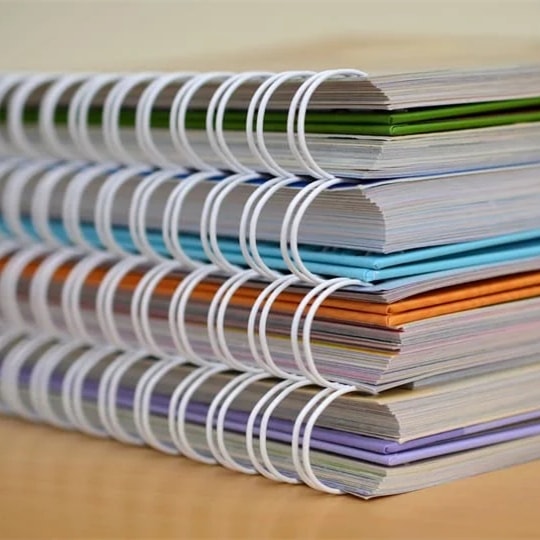

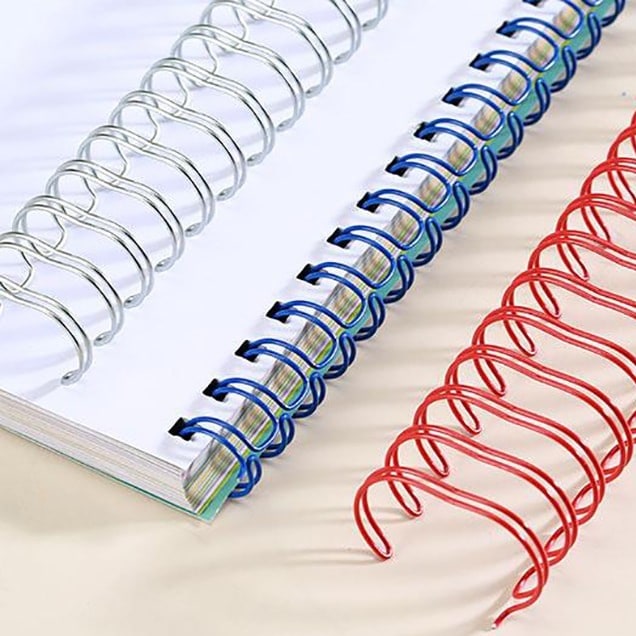
When to Choose This Book Binding Method:
- You require a professional appearance for business documents, proposals, and reports.
- Durability is a priority, and the document will be used frequently or subjected to heavy wear and tear.
- You need a document that can lie flat or rotate 360 degrees, making it ideal for meetings and presentations.
- Customization is desired, as wire spines come in various colors and can be coordinated with the document’s branding or theme.
2.6 Case Binding
Case binding, often referred to as hardcover binding, is a classic and durable bookbinding method used for producing high-quality, long-lasting books such as novels, reference books, and special editions. It involves creating a hardcover or case that wraps around the book block, securing the pages, and providing added protection.
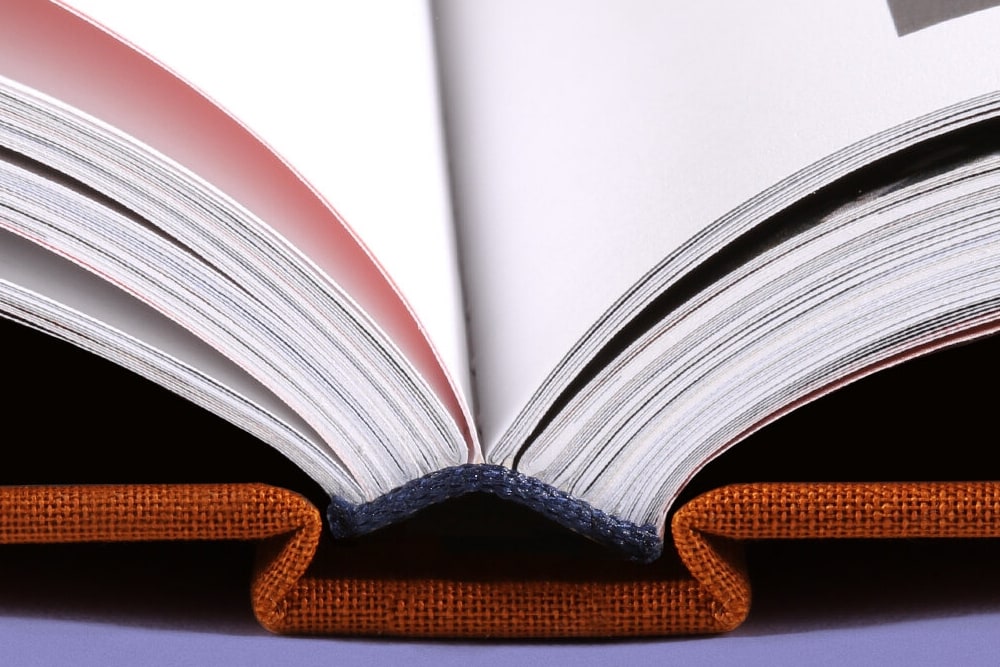
Process Introduction:
- Book Block Preparation: Printed pages are collated into a book block, which is then sewn or glued together.
- Cover Creation: A case or hardcover is created using cardboard or paperboard for the book’s front and back covers, with a spine strip connecting them.
- Attaching the Book Block: The book block is glued to the case, securing it to the covers
- Casing-In: The book block and case are combined to create the final hardcover book.
- Endpapers: Endpapers are added for reinforcement and aesthetics.
Required Materials:
- Book block (printed and bound pages)
- Hardcover or case (front cover, back cover, and spine strip)
- Adhesive for attaching the book block to the case
- Endpapers for the inside covers
Advantages:
- Durability: Hardcover books are built to last, making them suitable for long-term use and library collections.
- Professional Appearance: The finished product exudes a classic and professional look, ideal for novels and special editions.
- Versatility: It can accommodate various paper types, sizes, and printing methods.
- Customization: The cover design and finish are highly customizable, allowing for branding and design choices.
- High-Value Perception: Hardcover books often have a higher perceived value and can command higher prices.
Disadvantages:
- Cost: It is more expensive compared to softcover or other binding methods due to the materials and labor involved.
- Complex Process: The process is more involved and requires specialized equipment and expertise.
- Less Lay-Flat Capability: Hardcover books may not lie flat when open, which can be a drawback for some content types.
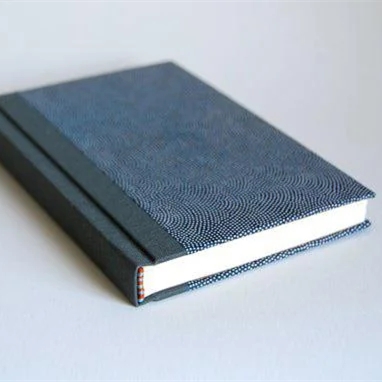
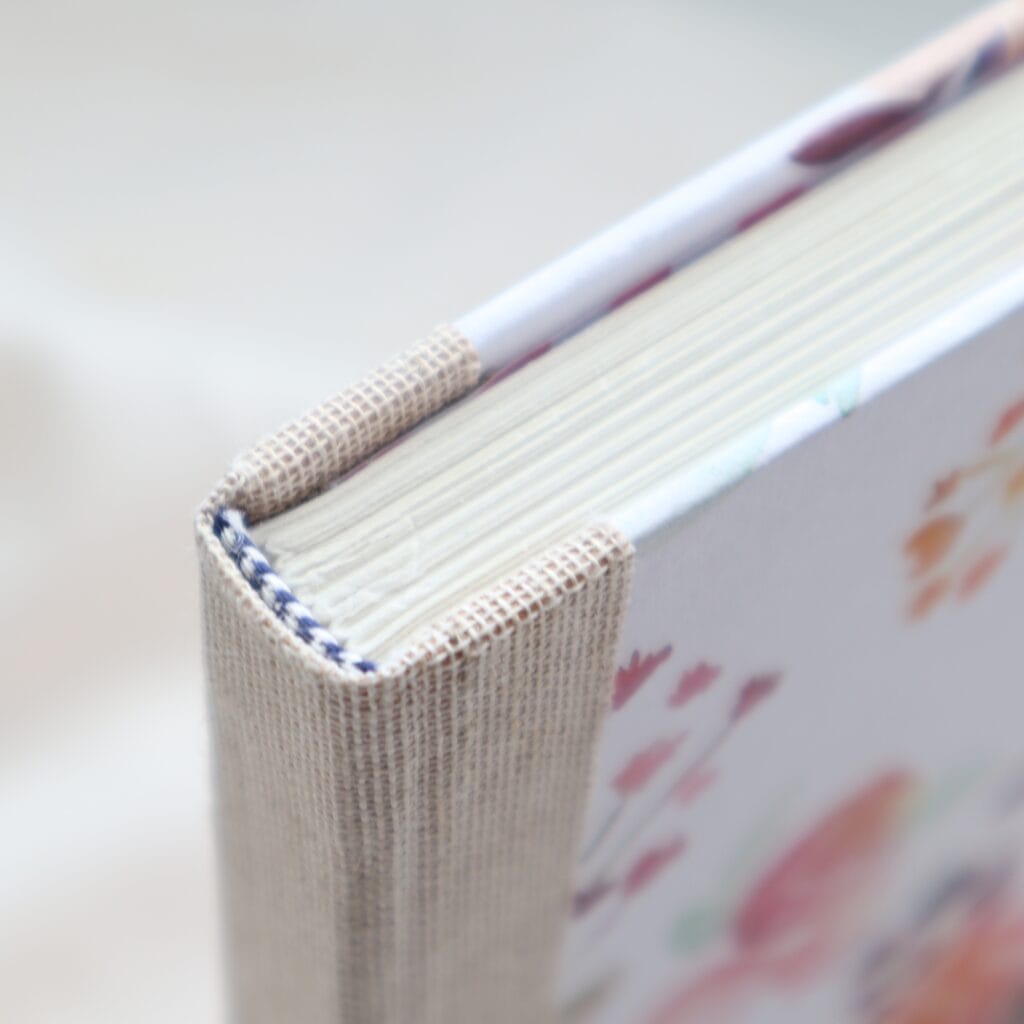
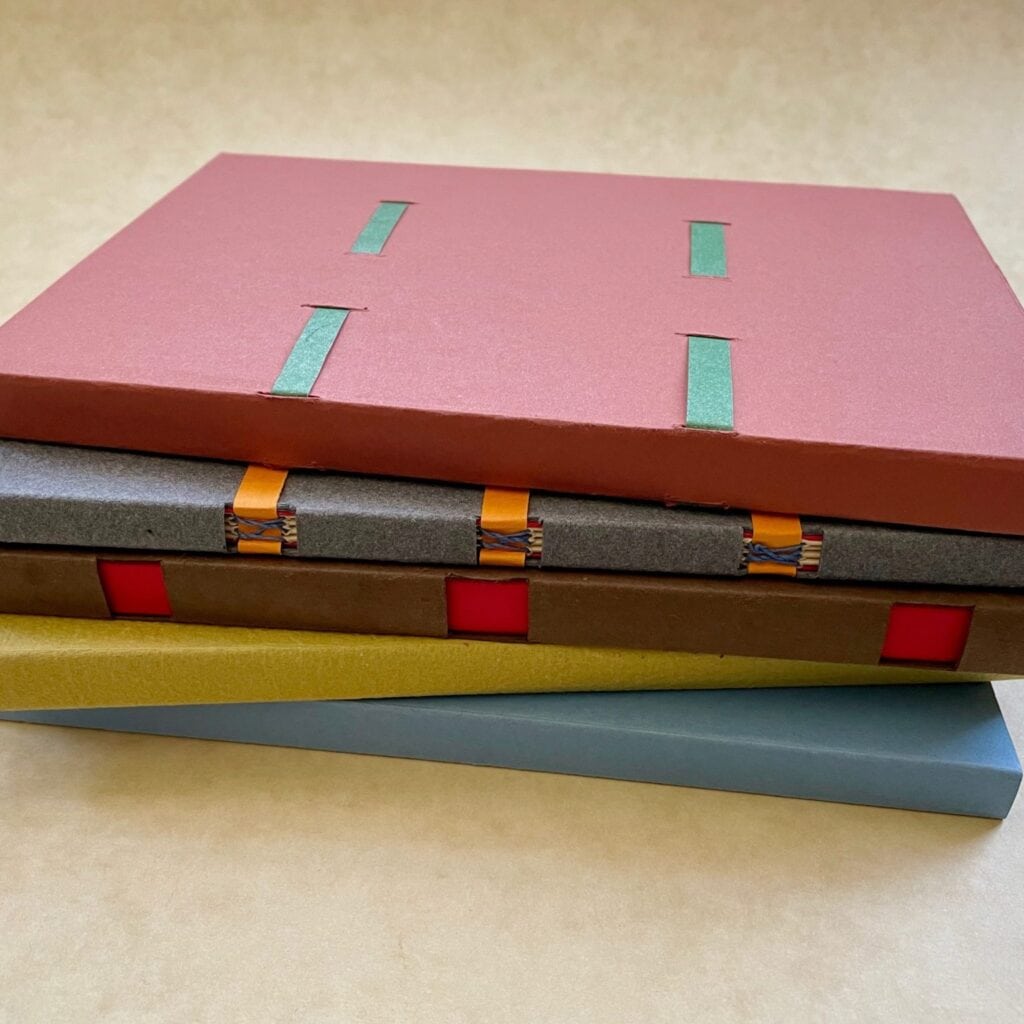
When to Choose This Book Binding Method:
- Durability and longevity are essential, such as for novels, reference books, and collector’s editions.
- A professional and high-quality appearance is required to enhance the book’s value and appeal.
- Customization is desired, allowing for unique cover designs and premium finishes.
- The budget allows for the additional costs associated with hardcover production.
- The book is expected to be part of a library collection or serve as a keepsake.
2.7 Coptic Stitch Binding
Coptic stitch binding is an ancient and distinctive bookbinding method that is often used for creating artistic and decorative books. It is recognized for its exposed spine and distinctive sewing pattern.
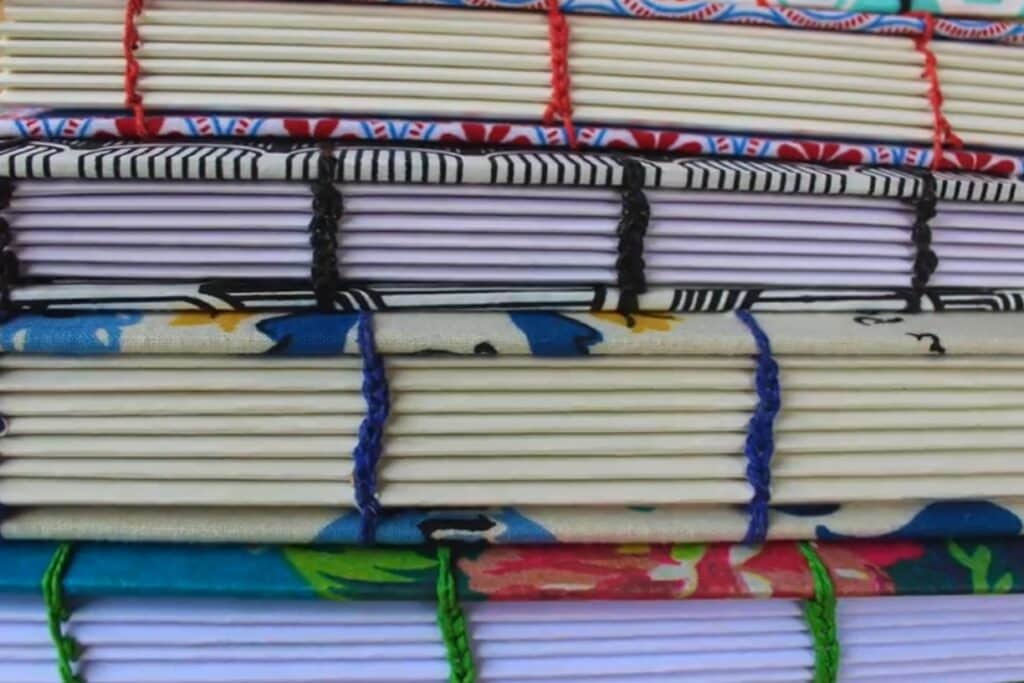
Process Introduction:
- Page Preparation: Pages are often folded in half, creating double-sided sheets known as “folios.”
- Coverless Binding: Unlike many other binding methods, Coptic stitch binding doesn’t require a cover. The pages are bound directly to one another.
- Sewing: Pages are sewn together using a distinctive stitch pattern that runs across the spine, creating a decorative element
Required Materials:
- Pages or folios
- Thread or cord for sewing
- Needles for bookbinding
- Awl or hole-punch for creating holes in pages
- Bone folder for creasing pages and creating a neat appearance
Advantages:
- Artistic and Decorative: It is known for its unique and visually striking exposed spine and sewing pattern.
- Lies Flat: The bound book lies flat when open, allowing for ease of use and display.
- Versatility: Coptic stitch binding can be used for a wide range of artistic projects and can accommodate various paper types.
- Customization: It allows for creative freedom in designing and personalizing the book’s appearance.
- No Cover Required: Unlike many other binding methods, Coptic stitch binding doesn’t necessitate a traditional cover.
Disadvantages:
- Complex Process: The binding process can be intricate and may require skill and practice.
- Limited Durability: Coptic stitch binding may not be as durable as other methods for heavily used books.
- Not Suitable for All Content: It is more suited for artistic and decorative projects and may not be the best choice for traditional publications.


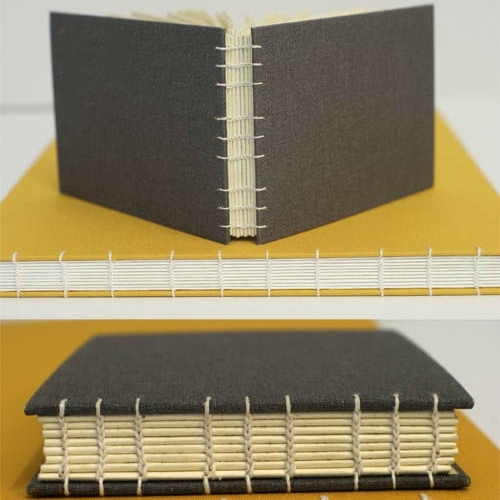
When to Choose This Book Binding Method:
- You are creating an artistic or decorative book, journal, or art project.
- Visual appeal and the exposed spine are essential for the design of the book.
- You are looking for a binding method that allows the book to lie flat when open.
- You have the skills and patience to work with intricate sewing patterns and the required materials.
- Durability is not a primary concern, and the book will be used for special occasions or artistic purposes.
2.8 Japanese Stab Binding
Japanese stab binding, also known as “Yotsume toji” or “Four-Hole Binding,” is a traditional bookbinding method originating from Japan. It is characterized by a distinctive and decorative stitching pattern on the book’s spine. Japanese stab binding is often used for creating artistic, handmade books, journals, and decorative documents.
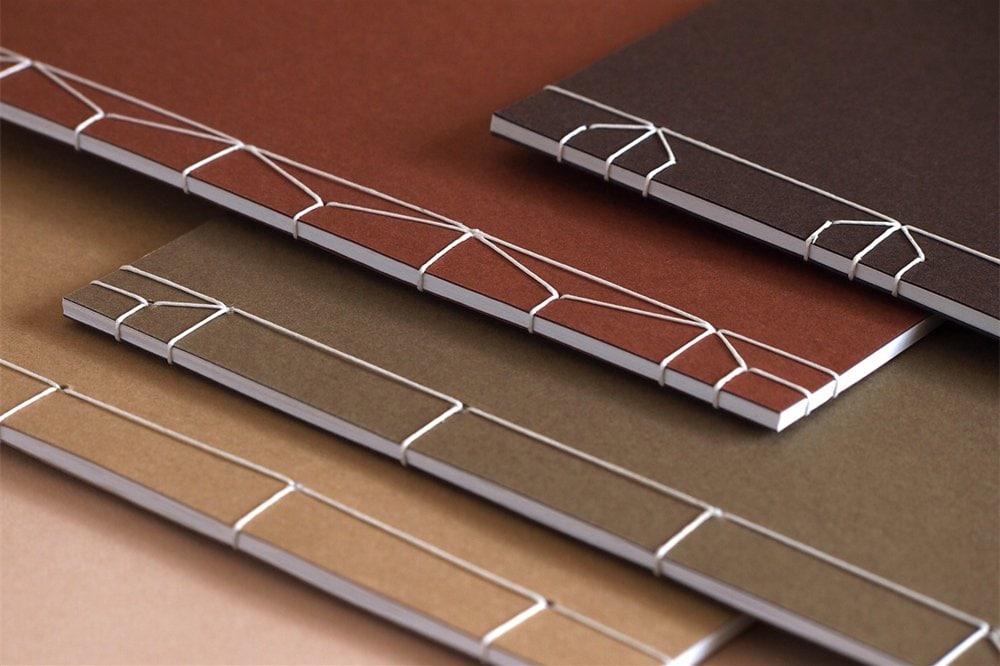
Process Introduction:
- Page Preparation: Pages are often folded in half to create double-sided sheets known as “folios.”
- Creating Holes: A series of holes are punched or drilled along the binding edge of the pages, typically four or more holes depending on the desired pattern.
- Sewing: Using a specific stitching pattern, threads or cords are woven through the holes to connect the pages and create a decorative binding.
Required Materials:
- Pages or folios
- Thread, cord, or ribbon for sewing
- Needles for bookbinding
- Hole-punching or drilling tools for creating holes in pages
- Bone folder for creasing pages and creating a neat appearance
Advantages:
- Artistic and Decorative: It is renowned for its unique and visually appealing exposed spine and decorative stitching patterns.
- Customization: Japanese stab binding allows for extensive creative freedom in designing and personalizing the book’s appearance.
- Lies Flat: The bound book can lie flat when open, making it suitable for artistic and decorative projects.
- Versatility: It can be used for a wide range of artistic projects, including journals, sketchbooks, and art books.
- Cultural Significance: Japanese stab binding carries cultural significance and adds a traditional and artistic touch to your projects.
Disadvantages:
- Complex Process: The binding process can be intricate and may require skill and practice.
- Limited Durability: Japanese stab binding may not be as durable as other binding methods for heavily used books.
- Not Suitable for All Content: It is more suited for artistic and decorative projects and may not be the best choice for traditional publications.
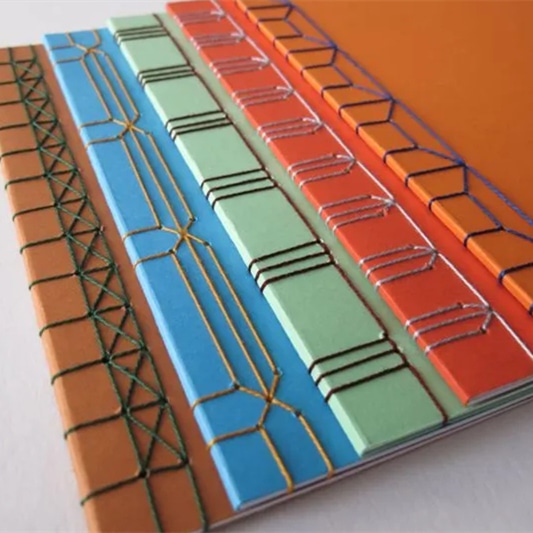
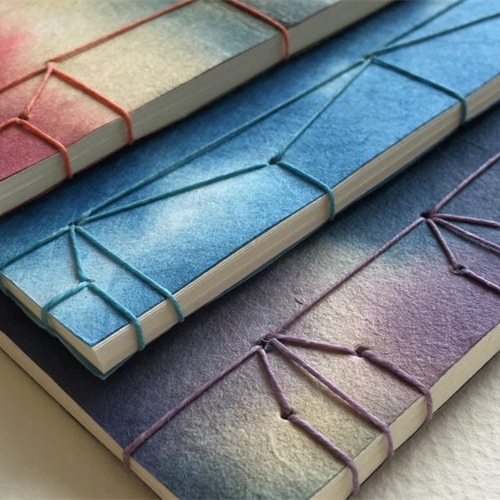
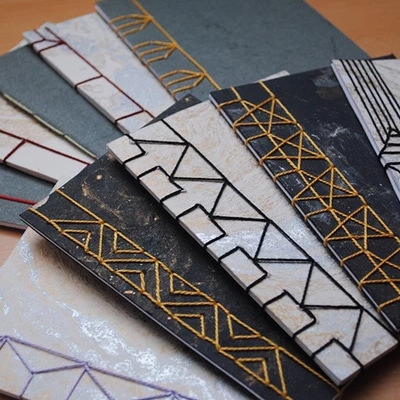
When to Choose This Book Binding Method:
- You are creating an artistic or decorative book, journal, sketchbook, or art project.
- Visual appeal and the exposed spine with the decorative stitching pattern are essential for the design of the book.
- You are looking for a binding method that allows the book to lie flat when open.
- You have the skills and patience to work with the intricate sewing patterns and the required materials.
- Durability is not a primary concern, and the book will be used for special occasions or artistic purposes.
2.9 Long Stitch Binding
Long stitch binding is a historical bookbinding method that is often used for creating artistic and decorative books. It is characterized by a distinctive long stitching pattern that runs along the length of the book’s spine.

Process Introduction:
- Page Preparation: Pages are often folded in half, creating double-sided sheets known as “folios.”
- Coverless Binding: Similar to Coptic stitch binding, long stitch binding doesn’t require a traditional cover. The pages are bound directly to one another.
- Sewing: Pages are sewn together using a distinctive long stitch pattern that runs parallel to the spine, creating an artistic and decorative element.
Required Materials:
- Pages or folios
- Thread or cord for sewing
- Needles for bookbinding
- Awl or hole-punch for creating holes in pages
- Bone folder for creasing pages and creating a neat appearance
Advantages:
- Artistic and Decorative: It is known for its unique and visually appealing exposed spine and long stitching pattern.
- Lies Flat: The bound book lies flat when open, allowing for ease of use and display.
- Versatility: Long stitch binding can be used for artistic and decorative projects, including journals, sketchbooks, and art books.
- Customization: It allows for creative freedom in designing and personalizing the book’s appearance.
- No Cover Required: Similar to Coptic stitch binding, long stitch binding doesn’t necessitate a traditional cover.
Disadvantages:
- Complex Process: The binding process can be intricate and may require skill and practice.
- Limited Durability: Long stitch binding may not be as durable as other methods for heavily used books.
- Not Suitable for All Content: It is more suited for artistic and decorative projects and may not be the best choice for traditional publications.
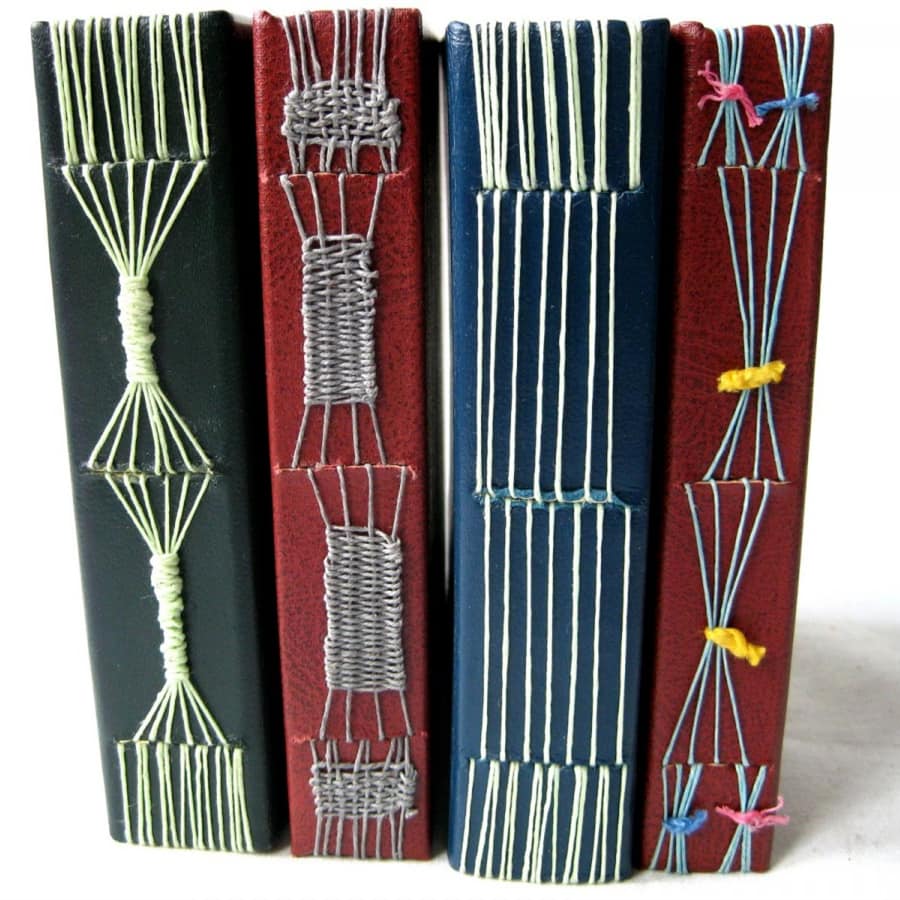


When to Choose This Book Binding Method:
- You are creating an artistic or decorative book, journal, or art project.
- Visual appeal and the exposed spine with the long stitching pattern are essential for the design of the book.
- You are looking for a binding method that allows the book to lie flat when open.
- You have the skills and patience to work with the intricate sewing pattern and the required materials.
- Durability is not a primary concern, and the book will be used for special occasions or artistic purposes.
2.10 Singer Sewn Binding
Singer sewn binding, also known as singer stitching, is a bookbinding method that uses sewing machines, typically Singer brand sewing machines, to bind the pages of a book. This technique provides durability and a distinctive appearance, often found in books with a sewn spine.
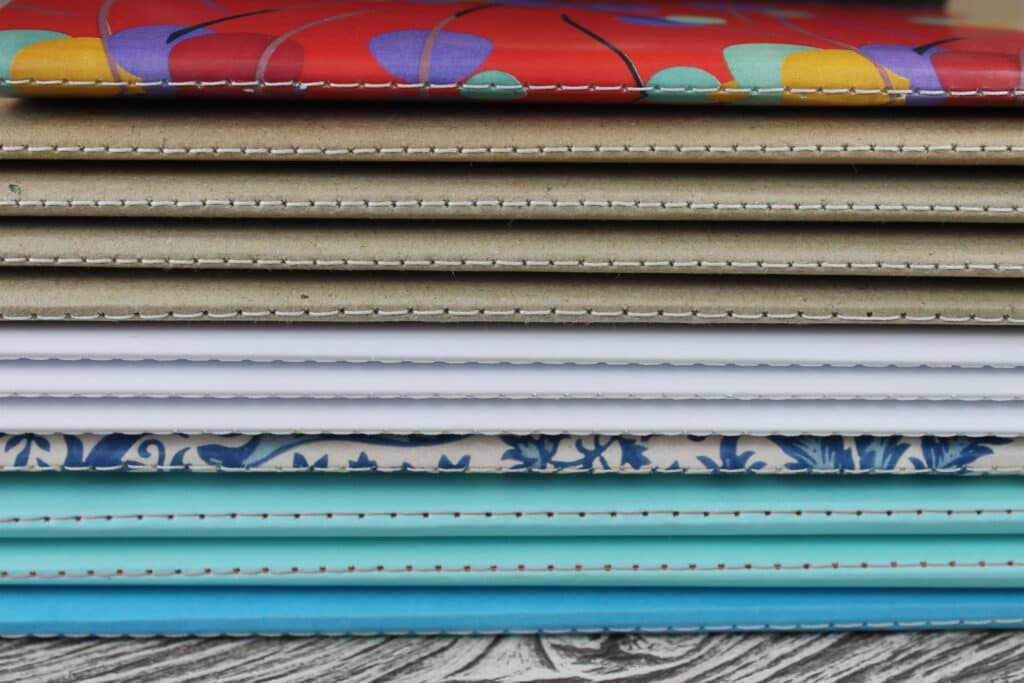
Process Introduction:
- Page Preparation: Pages are assembled into a book block and folded in half to create double-sided folios.
- Machine Sewing: The book block is stitched together using a sewing machine, often a Singer brand machine, with a specific stitch pattern.
- Reinforcement: The sewn spine is typically reinforced with adhesive, fabric, or additional stitching for added durability.
Required Materials:
- Pages or folios
- Sewing machine, often a Singer brand machine
- Thread suitable for bookbinding
- Adhesive for reinforcing the spine
- Optionally, fabric or other materials for added reinforcement
Advantages:
- Durability: Singer sewn books are robust and long lasting, making them suitable for reference materials and books subjected to heavy use.
- Lies Flat: The bound book often lies flat when open, allowing for ease of use and reading.
- Professional Appearance: Singer sewn books have a classic and professional look with visible stitching on the spine.
- Customization: This method can accommodate various paper types, sizes, and cover designs.
Disadvantages:
- Cost: It can be more expensive compared to some other binding methods due to the specialized equipment and expertise required.
- Complex Process: The binding process can be intricate and may require skill in operating the sewing machine and ensuring accurate stitching.
- Less Lay-Flat Capability: Singer sewn books may not lie completely flat when open, depending on the specific stitch pattern and reinforcement used.
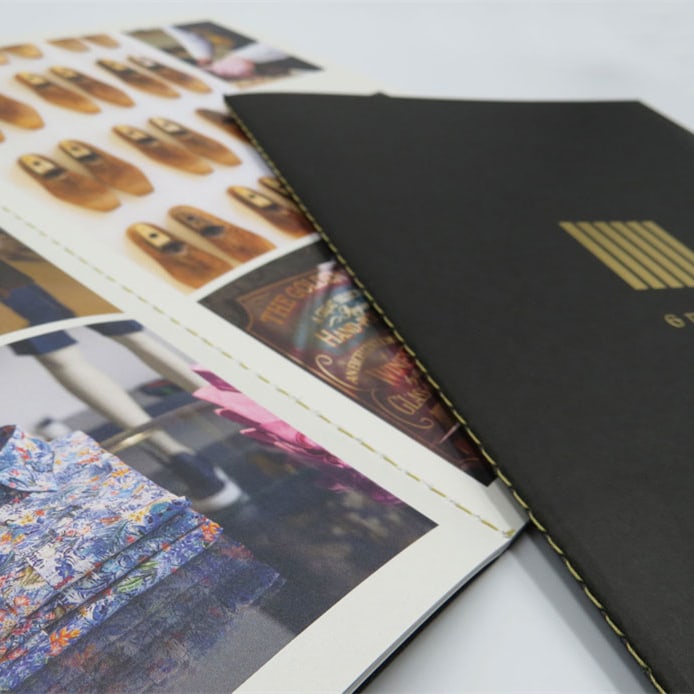
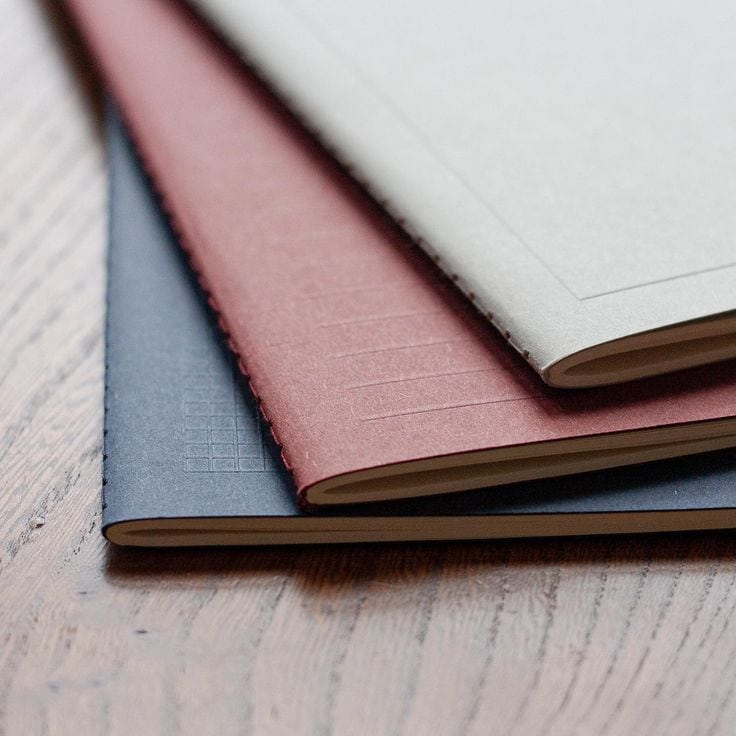
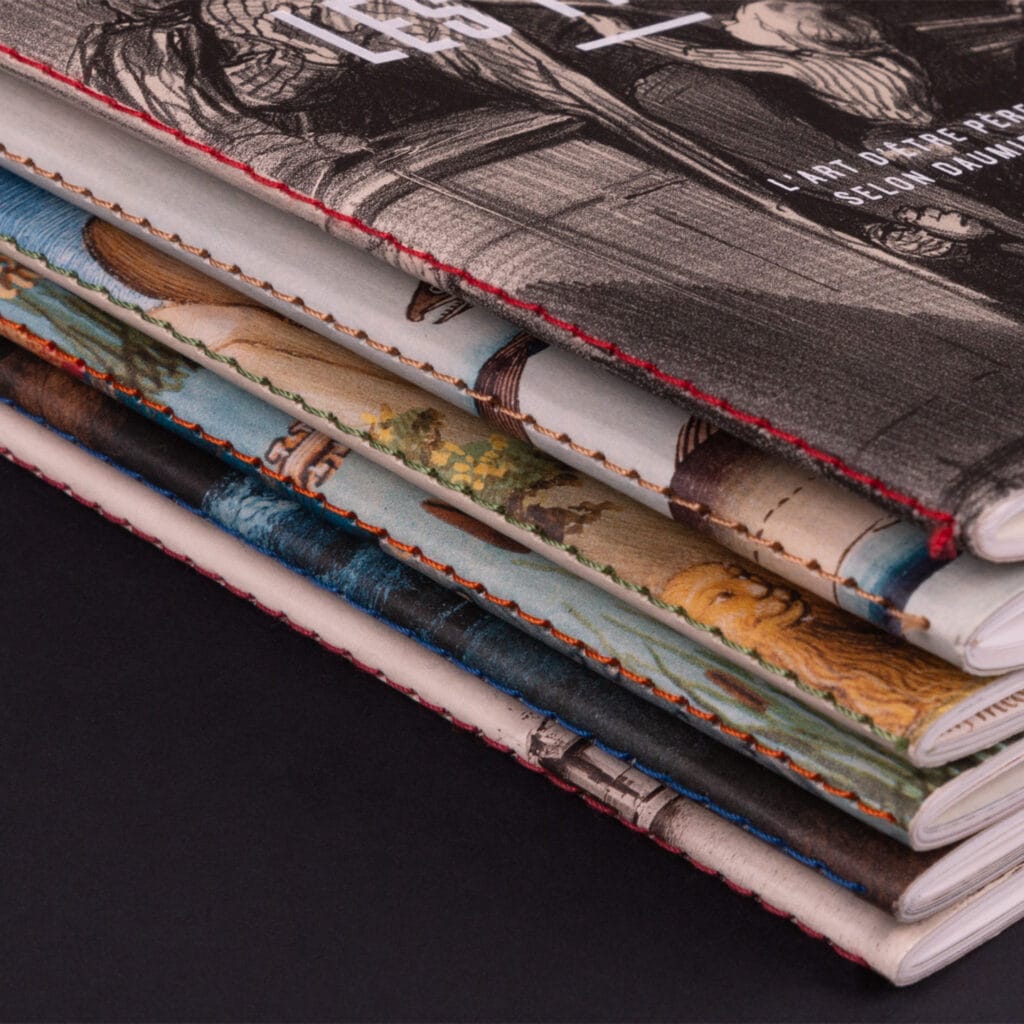
When to Choose This Book Binding Method:
- Durability and longevity are crucial, such as for reference books, journals, and other heavily used materials.
- A classic and professional appearance with visible stitching on the spine is desired.
- Customization is important, allowing for unique cover designs, paper choices, and binding patterns.
- The budget allows for the additional costs associated with singer sewn binding.
- The book is expected to serve as a long-lasting, high-value resource or a special edition publication.
2.11 Tape Binding
Tape binding, also known as strip binding, is a bookbinding method that uses a strip or tape, often made of fabric or plastic, to bind the pages of a document. This method is commonly used for creating manuals, reports, and other types of documents.
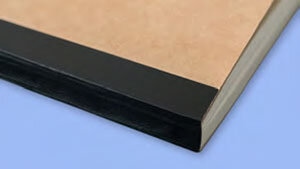
Process Introduction:
- Page Preparation: Pages are printed and hole-punched along the binding edge.
- Taping: A strip or tape, typically made of fabric or plastic, is placed along the punched edge, covering and securing the pages.
- Heating or Adhering: The tape is adhered to the pages either through heat activation (using a thermal binding machine) or an adhesive backing (using a tape binding machine).
Required Materials:
- Hole-punched pages or documents
- Binding tape or strip
- Binding machine (either thermal or tape binding machine)
Advantages:
- Clean Appearance: It provides a clean and professional look with a flat spine, making it suitable for reports, manuals, and documents.
- Durable: The tape binding strip adds durability and resistance to wear and tear.
- Lies Flat: The bound document can typically lie flat when open, allowing for ease of use.
- Customizable: The binding tape is available in various colors, allowing for some degree of customization.
Disadvantages:
- Limited Customization: While the tape comes in different colors, there may be fewer customization options compared to other binding methods.
- Not Ideal for Thick Documents: It may not be suitable for very thick documents, as the tape width is limited.
- Limited Heat Activation: Some tape binding methods require heat activation, which may not be ideal for certain documents.
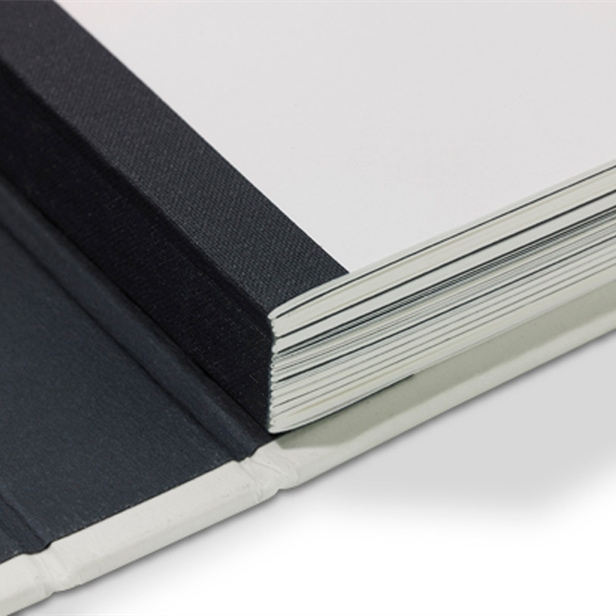
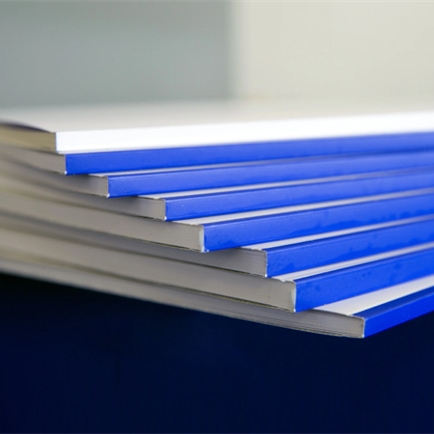
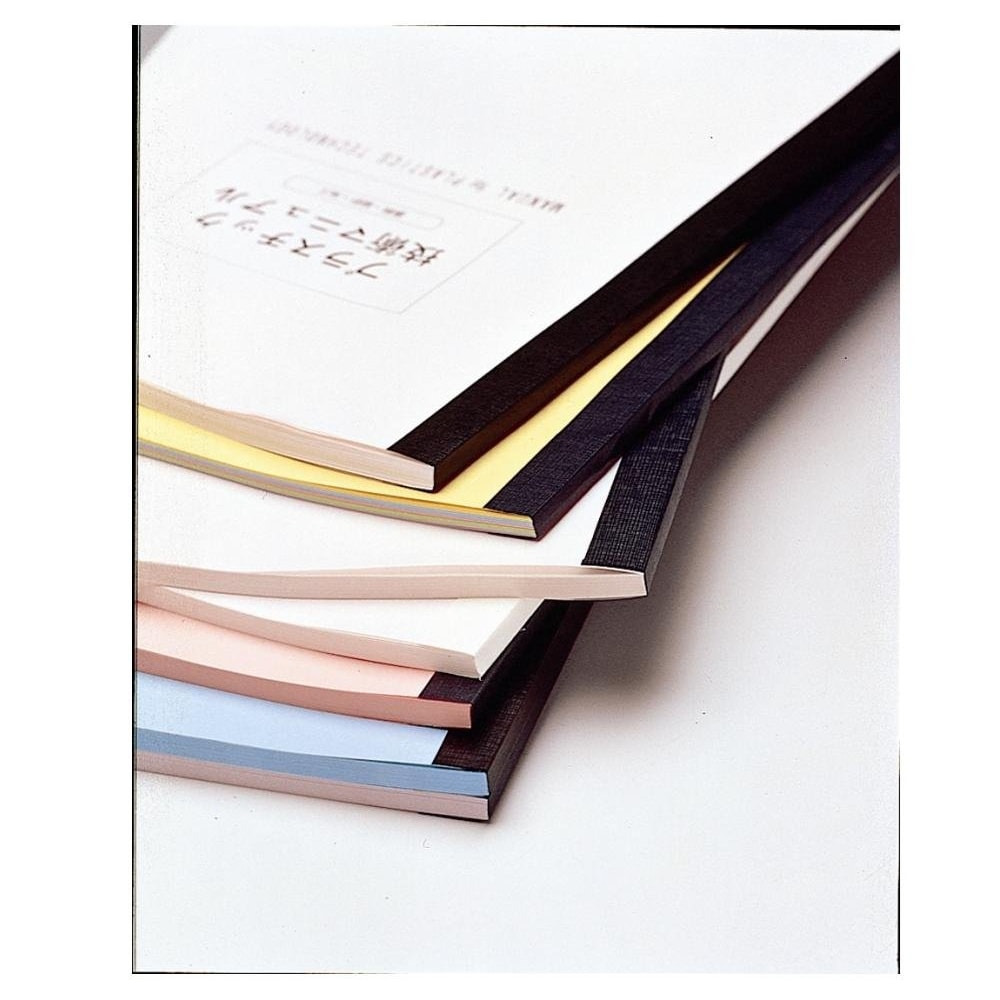
When to Choose This Book Binding Method:
- You need a clean and professional appearance for documents like manuals, reports, and presentations.
- Durability is a priority, and the document will be used frequently or subjected to wear and tear.
- The document has a medium page count that can be accommodated by the tape binding strip.
- You require a binding method that allows the document to lie flat when open, making it convenient for reading and reference.
- You are looking for a cost-effective binding solution for small to medium-sized document production.
2.12 Rivet Binding
Rivet binding is a distinctive bookbinding method known for its industrial and minimalist appearance. This approach, which uses metal rivets to secure the pages, is often used for creating durable and functional documents, such as manuals, blueprints, and catalogs.

Process Introduction:
- Page Preparation: Pages are typically hole-punched along one edge to create a series of evenly spaced holes.
- Inserting the Rivets: Metal rivets or screws are threaded through the holes in the pages, securing them together.
- Clamping: Once all the pages are threaded onto the rivets, they are clamped together tightly, ensuring a secure and stable binding.
Required Materials:
- Hole-punched pages or documents
- Metal rivets or screws
- Screwdriver or rivet setter
- Clamps or pliers for tightening the rivets
- Optionally, a cover for the document
Advantages:
- Durability: It is exceptionally sturdy and can withstand heavy use, making it suitable for documents that will be frequently handled or referenced.
- Simplicity: Rivet binding is straightforward and economical, making it a practical choice for various applications.
- Lies Flat: The bound document can often lie flat when open, allowing for ease of use and reference.
- Industrial Aesthetics: It exudes an industrial, minimalist appearance that can be visually appealing for certain projects.
Disadvantages:
- Limited Customization: It may not offer the same level of customization as some other binding methods, particularly in terms of cover designs.
- Permanent Binding: Rivet binding is relatively permanent, making it less suitable for documents that may need frequent updates or revisions.
- May Require Special Tools: Depending on the type of rivets used, it may require specialized tools like a rivet setter.
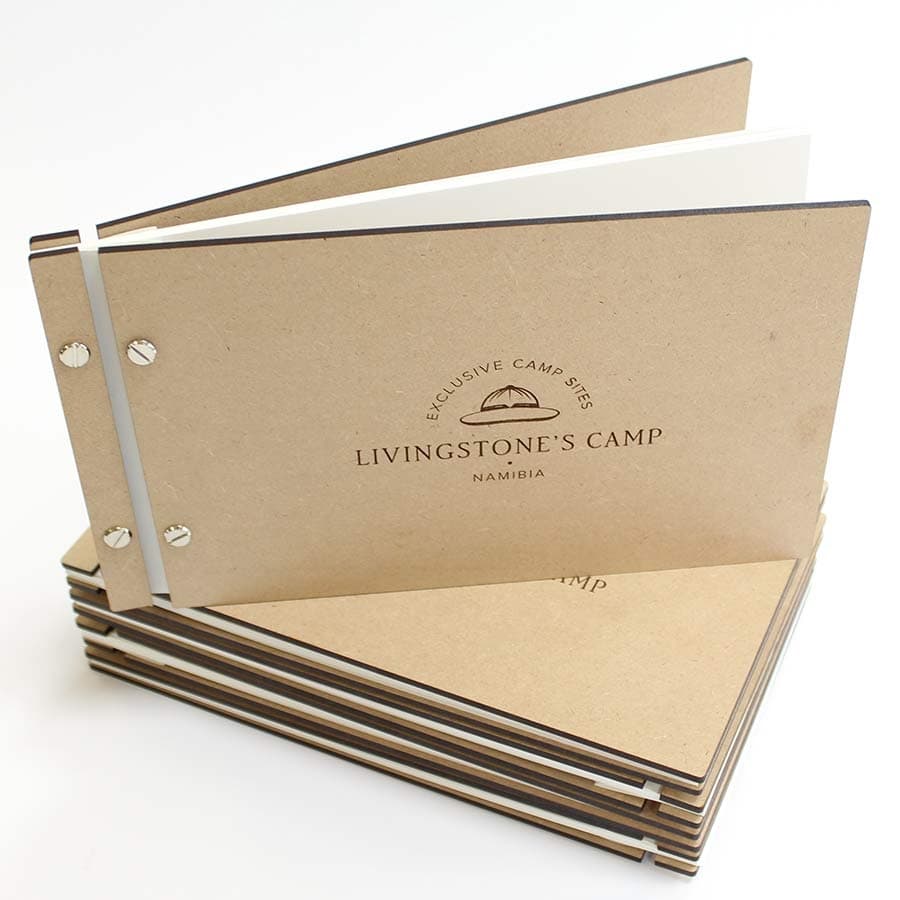


When to Choose This Binding Method:
- Durability is essential, and the document will be subjected to frequent handling or heavy use.
- You prefer a simple and industrial appearance that complements the document’s purpose.
- Customization is not a primary concern, and the binding method is compatible with the document’s content.
- You have access to the necessary tools and materials for the rivet binding process.
- The document is intended to remain relatively static without frequent updates or revisions.
3. Book Binding Future Trends

The future of bookbinding is being shaped by two transformative trends: digital and 3D printing. Digital printing is revolutionizing the industry by enabling on-demand, personalized, and short-run book production with faster turnarounds. It fosters custom content and economical small print runs, making it ideal for self-publishing and niche markets.
Meanwhile, 3D printing is opening a realm of creative possibilities, with customized, sculptural book covers, tactile and interactive elements, and improved accessibility for visually impaired readers. These trends not only enhance the aesthetic and functional aspects of bookbinding but also offer an intersection where personalized digital content and intricate 3D-printed designs can coexist, paving the way for innovative and unique reading experiences.
(Notebook Covers: The Ultimate Guide)
4. DIY Book Binding
DIY book binding is a rewarding craft that allows you to create personalized, handmade books tailored to your preferences and needs. Whether you’re an aspiring author, an artist looking for a unique sketchbook, or simply a book enthusiast, mastering the art of DIY book binding provides a sense of creative fulfillment and the ability to craft one-of-a-kind books. With a few basic tools, materials, and techniques, you can embark on this creative journey and produce books that are not only functional but also a reflection of your creativity and passion.

As a professional notebook factory, Honeyoung can not only provide customized book binding services but also customize other parts of notebooks according to your needs. This can include choosing specific paper types, sizes, weights, and ruling patterns to suit the intended use of the notebook, selecting cover materials that reflect personal or brand aesthetics, and even incorporating special features like pockets, bookmarks, or custom-printed pages.
The combination of bookbinding and comprehensive notebook customization services makes Honeyyoung a one-stop solution for individuals, businesses, and organizations looking to create distinctive and functional notebooks.
(Notebook Sizes: The Ultimate FAQ Guide)
5. FAQ
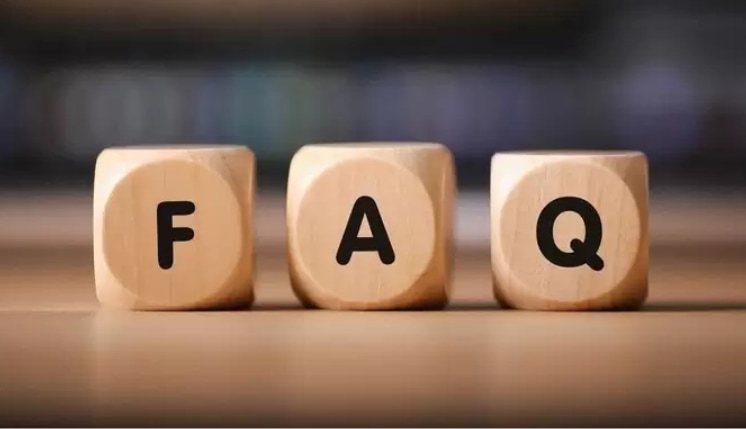
Q: How can I preserve my antique-bound books? To preserve antique books, store them in a cool, dry place away from direct sunlight and handle them with clean, dry hands.
Q: What is the difference between perfect binding and case binding?
A: Perfect binding is a softcover technique where pages are glued to the spine. Case binding, on the other hand, is used for hardcover books, where the book block is glued to a rigid cover.
Q: Are all book binding materials eco-friendly?
Many book binding materials are eco-friendly, and there’s a growing trend in sustainable and recycled options.
(Eco-Friendly Notebooks: The Most Comprehensive Guide)
Q: Is book binding a profitable hobby?
A: Book binding can be a profitable hobby if you’re skilled and create unique, high-quality pieces. Many artisans sell hand-bound books as niche products.
Q: Can I learn book binding on my own?
A: Absolutely! There are many online tutorials, books, and courses available to help you learn book binding from scratch.
Q: Are there any historical examples of exceptional book binding?
A: Yes, the Book of Kells, a famous medieval illuminated manuscript, is an exceptional example of intricate book binding.
Q: What is the most challenging part of book binding?
A: Precision is crucial in book binding. Sewing the pages, aligning the cover, and ensuring everything are symmetrical can be challenging.
Q: Can I repair old, damaged books through book binding?
A: Yes, book binding is often used for book restoration. It can repair damaged spines, reattach loose pages, and preserve old books.
Q: How can I get started with DIY book binding?
A: To start with DIY book binding, gather essential materials and tools, choose a binding technique, plan your book’s layout and design, prepare the pages, follow the binding process, add personalization, and finish with any necessary touches.

